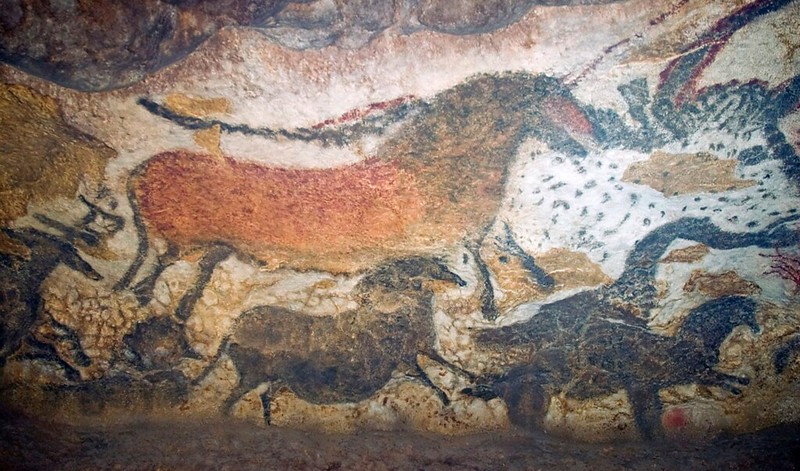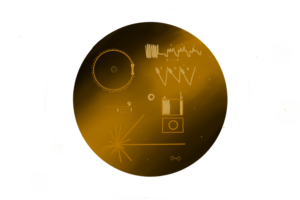The Museum of Us: For the Sake of Art
March 13, 2022
Dear reader,
The bison has eight legs.
It creates a sense of movement. The legs are running across the cave wall. The bison’s body slides down its curves, following its mineral ripples, and eight legs become four legs plus motion. The artist – 17,000 years ago – must have decided to use the natural canvas of the cave wall to create contractions of muscle and blood. The bison doesn’t look alive; it feels alive.
The bison runs amidst a swirl of cave bears, lions, mammoths and rhinos. Horses, ibex, reindeer, red deer, aurochs, Megaceros deer, musk-oxen, panthers and owls weave the rest of the tapestry that is the Chauvet Cave.
The Chauvet Cave, located in the Ardèche Valley of southern France, is only one of several caves that have been discovered to hold Paleolithic cave paintings. The floor is scattered with cave bear skulls.
17,000 years ago, humans lived in small hunter-gatherer bands. Their days consisted of hunting, gathering, scavenging, shaping tools, cooking, eating, warning band members of predators, escaping said predators, resting fitfully in case of predators – surviving.
But someone (or many someones) stumbled upon this cave, a quarter mile long and 14 chambers large. Someone surveyed the curvature of pale limestone, and decided this was topography for wonder. Someone decided to stop foraging, to stop scavenging – not to rest, but to twist the intricacies of their mind in a certain inexplicable way and paint.
Someone took a break from survival to do art.
Would it be dramatic to say that we were made to make art? Of all the things that make us human – communication, tools – almost everything has a comparison in the animal world except art. Many species communicate, although less complexly and imaginatively, and animals such as chimps, dolphins and crows have been documented using tools.
But art may very well define us. What may masquerade as the most useless part of society may also be the most important – and not just in a flimsy, let’s-all-hold-hands-and-kumbaya way. “All art is quite useless,” said Oscar Wilde, and I’m not one to argue with Oscar Wilde. In terms of function, it is useless. But it is often the useless things that are most important, and the useful things that are unimportant.
The Chauvet paintings transmitted culture from one individual to another, from one generation to another, from one band to another. Art is tied to culture; it is an extension of it, a limb, inextricable. It comments on and carries culture, even as it is culture. Even now, the bison and mammoths and bears dutifully pass on knowledge and emotion and the ways of the world to us, 17,000 years later. Art stems from human life, and transcends it.
In the Chauvet Cave, researchers have hypothesized that the murals were a spiritual map for a ritual. The paintings of bison, mammoths, birds, bears and rhinos could also have functioned as a hunting guide.
But I can’t help but wonder: what if it wasn’t for a ritual or a hunt? What if it was just art – for the sake of art? A mere expression of wonder and emotion, a dedication to beauty and nothing more?
Doing things for the sake of doing things often does more than what you set out to do. No one will ever know why a creature so fixated on survival decided to mix pigments with animal fats and vegetable juices, fashion brushes out of horsehair, blow paint through hollow bones and blend color using feathers – for the sake of mixing pigments, fashioning brushes, blowing paint and blending colors. But we can derive meaning from it anyways.
Because if you had time, what would you do with it? If you weren’t so caught up in the daily mundanities of survival, in the linear mess of obligations that life sometimes becomes, what would you do?
I would do art for the sake of art, whenever I wanted, wherever I wanted it to be. I think most humans would. And if prehistoric humans could find the time to make wonderful, useless art despite the sabertooths and bears lingering just outside, then I’m certain we can.
Sincerely,
Eva





